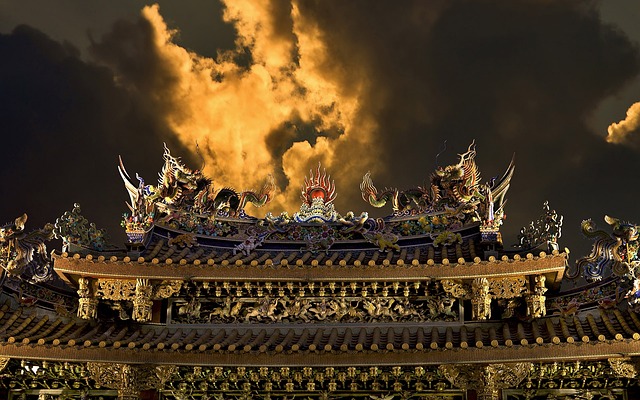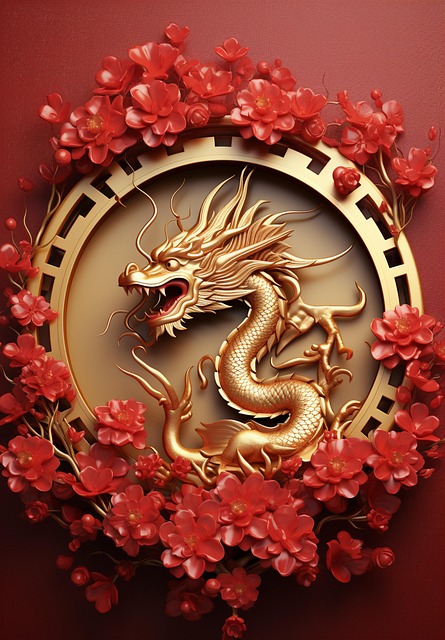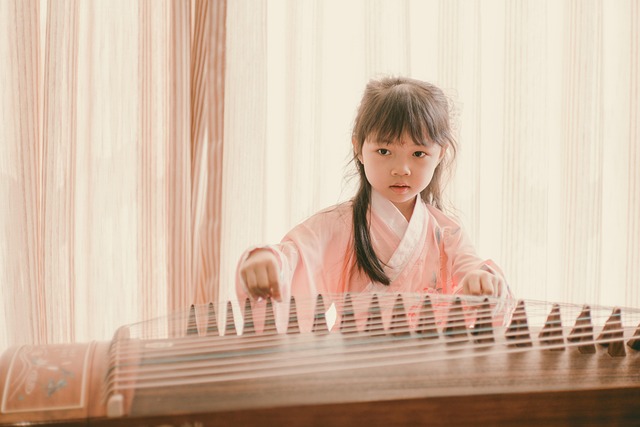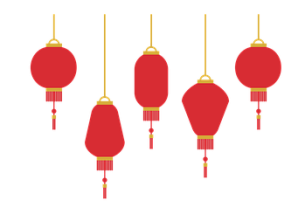Traditional Chinese houses showcase superior craftsmanship and unique aesthetics, blending natural materials, intricate wood carvings, and delicate latticework. With historic roots in towns like Lijiang and Shanghai, their enduring appeal draws millions annually to iconic sites like Suzhou's Garden Houses. These structures exemplify adaptability, cultural values, and a harmonious blend of nature and design, inspiring modern architects while preserving rich architectural heritage for contemporary needs.
Discover the captivating world of Traditional Chinese Houses, where superior craftsmanship meets ancient wisdom. China’s architectural heritage boasts a rich tapestry of styles, each telling a unique story. This article delves into the intricate details and enduring appeal of Traditional Chinese Houses, exploring their trusted traditions and the powerful design principles that have stood the test of time. From renowned architects to industry accolades, these homes exemplify timeless beauty and functionality.
- Discovering the Superior Craftsmanship of Traditional Chinese Houses
- Exploring Trusted Traditions in Traditional Chinese Architecture
- Experience the Powerful Results of Ancient Chinese House Design
Discovering the Superior Craftsmanship of Traditional Chinese Houses

Traditional Chinese houses are renowned for their superior craftsmanship and unique architectural aesthetics. These homes often feature intricate wood carvings, delicate latticework, and elegant curves, creating a harmonious blend of functionality and beauty. The use of natural materials like bamboo, timber, and stone not only enhances the structural integrity but also contributes to a serene and balanced ambiance. One remarkable aspect is the intricate joinery techniques employed, ensuring structures remain sturdy and resilient against China’s diverse climate conditions.
A visit to historic towns like Lijiang or Shanghai offers a glimpse into this craftsmanship at its finest. In these areas, traditional houses showcase elaborate decorative elements, such as intricately carved door panels and ornate ceilings. The design often incorporates feng shui principles, promoting positive energy flow within the living spaces. For instance, the famous Garden Houses of Suzhou, dating back centuries, are celebrated for their meticulous construction, expansive gardens, and exquisite interiors, attracting millions of visitors annually and solidifying their status as a masterpiece of Traditional Chinese architecture.
Exploring Trusted Traditions in Traditional Chinese Architecture

In the realm of architecture, China boasts a rich tapestry of traditional designs that have stood the test of time. Traditional Chinese houses are more than just structures; they embody a deep sense of history, philosophy, and cultural values. These homes are characterized by their harmonious blend of functionality, aesthetics, and respect for nature. One of the key principles is balancing the indoor and outdoor spaces seamlessly, fostering a connection with the surrounding environment.
The excellence of Traditional Chinese architecture lies in its adaptability to various climates and regional characteristics. For instance, southern Chinese houses often feature courtyards and more open layouts due to milder weather, while northern homes incorporate thick walls and overhanging eaves to provide insulation from harsh winters. A testament to their enduring appeal is the preservation of ancient architectural styles in places like Beijing’s Old Quarter, where historic homes continue to inspire modern designers with their elegant simplicity and timeless beauty.
Experience the Powerful Results of Ancient Chinese House Design

Experience the powerful results of ancient Chinese house design, where harmony with nature and cultural heritage come together to create spaces that are both aesthetically pleasing and functionally efficient. Traditional Chinese houses are renowned for their exquisite craftsmanship, thoughtful layout, and symbolic elements—a testament to centuries of architectural evolution. For instance, the classic si hey (four-side-symmetrical) design emphasizes balance and stability, while intricate wood carvings and elaborate brackets enhance structural integrity and aesthetic allure.
These timeless principles have stood the test of time, as evidenced by well-preserved ancient villages like Zhujiajiao, where traditional Chinese houses still line the canals and streets. In these historic settings, you’ll find that every detail—from the placement of windows to the choice of materials—serves a purpose, be it to ward off evil spirits or to maximize natural light. This legacy of excellence continues to inspire modern architects and designers who seek to blend the past’s beauty with contemporary needs, ensuring that traditional Chinese houses remain not just structures but cultural treasures.
Chinese houses, characterized by their superior craftsmanship, trusted traditions, and powerful design principles, offer more than just shelter—they encapsulate the history, culture, and aesthetic values of the nation. By exploring these traditional structures, we gain a deeper appreciation for the enduring legacy of Chinese architecture. Whether appreciating their intricate details or marveling at their harmonious blend with nature, it’s clear that Traditional Chinese Houses stand as a testament to human ingenuity and artistic excellence. Trust in the craftsmanship and design principles that have withstood the test of time, ensuring your home reflects not just beauty but also the enduring spirit of China.



